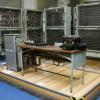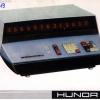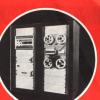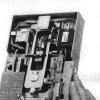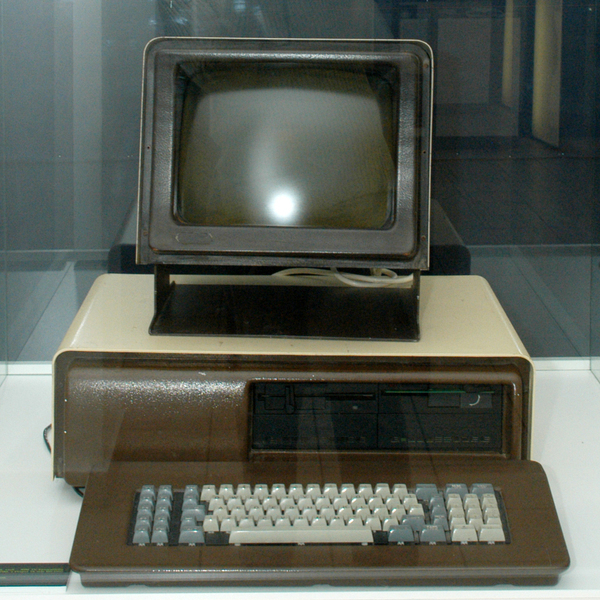Business computers - but where is the business?
Between bigger computers (used in computer centres, universities or companies) and cheap home computers there were several categories that ended for office or business use.
Under the conditions of a socialist state and even in the 1980s Many economic players appeared that needed the benefits of modern computers. Printing-houses, smaller companies or administration offices also had to be provided with computers. The IBM PC (introduced on 12th August, 1981) is the most significant example of a professional personal computer for business. In the middle of the 1980s this kind of technology was also not unknown to Hungarians. The real burst in information technology came right after the change of economical/political regime (1989-90).
Representatives of international companies appeared en masse during this period and trade restrictions disappeared. This also made creative “cloning” of Western technology pointless. New innovations using the country’s own components and potential also had to pass the test of international competition.
Thanks to the development in Hungarian information technology which had been taking place since the end of the 1950s, behind the ‘Iron Curtain‘, Hungarian developers were not taken unaware by these new challenges.
 Previous Story
Previous Story
How to cite this page
Gábor Képes, 'Business computers - but where is the business?', Inventing Europe, http://www.inventingeurope.eu/story/business-computers-but-where-is-the-business
Sources
- Faix, Gábor. “Proper-16 fejlesztés. ” In Volt egyszer egy Szki…, edited by Bálint Dömölki et al, 47-52. Budapest: NJSZT ITF (Ervin Kovács), 2011.
- Faix Gábor, "Proper 16, XT - fejlesztések a nyolcvanas években." January 8, 2013. http://videotorium.hu/hu/recordings/details/3034,Proper_16_XT_-_fejlesztesek_a_nyolcvanas_evekben
- Képes, Gábor. “Az IBM-kompatibilis személyi számítógépek térhódítása Magyarországon.” In A Magyar Műszaki és Közlekedési Múzeum évkönyve I. 2009-2011, 95-106. Budapest, 2012.





